Introduction
Cats are known for their graceful movements and impeccable balance. However, there is a neurological condition that affects some feline companions, making them wobbly and unsteady on their paws. This condition is called Cerebellar Hypoplasia (CH) or Wobbly Cat Syndrome, and cat owners, enthusiasts, and prospective adopters need to understand this unique neurological condition. In this blog, we will delve into Cerebellar Hypoplasia, its causes, symptoms, and how it impacts the lives of affected cats.
What is Cerebellar Hypoplasia?
Cerebellar Hypoplasia occurs when the cerebellum, the part of the brain responsible for coordinating movement and maintaining balance, doesn’t fully develop. It is typically congenital, meaning cats are born with the condition. The underdevelopment of the cerebellum leads to various degrees of motor skill impairment, resulting in uncoordinated movements and a distinctive “wobbly” gait.
Causes:
The primary cause of Cerebellar Hypoplasia in cats is an infection or exposure to certain viruses during the early stages of fetal development. The most common virus associated with CH is the feline panleukopenia virus (FPV), also known as feline distemper. Pregnant cats infected with FPV can pass the virus to their kittens, affecting the developing cerebellum. Other factors, such as malnutrition or exposure to toxins, can also contribute to the development of CH. Cerebellar Hypoplasia itself is not contagious to other animals or people and is developmental, so it does not worsen over time.
Symptoms:
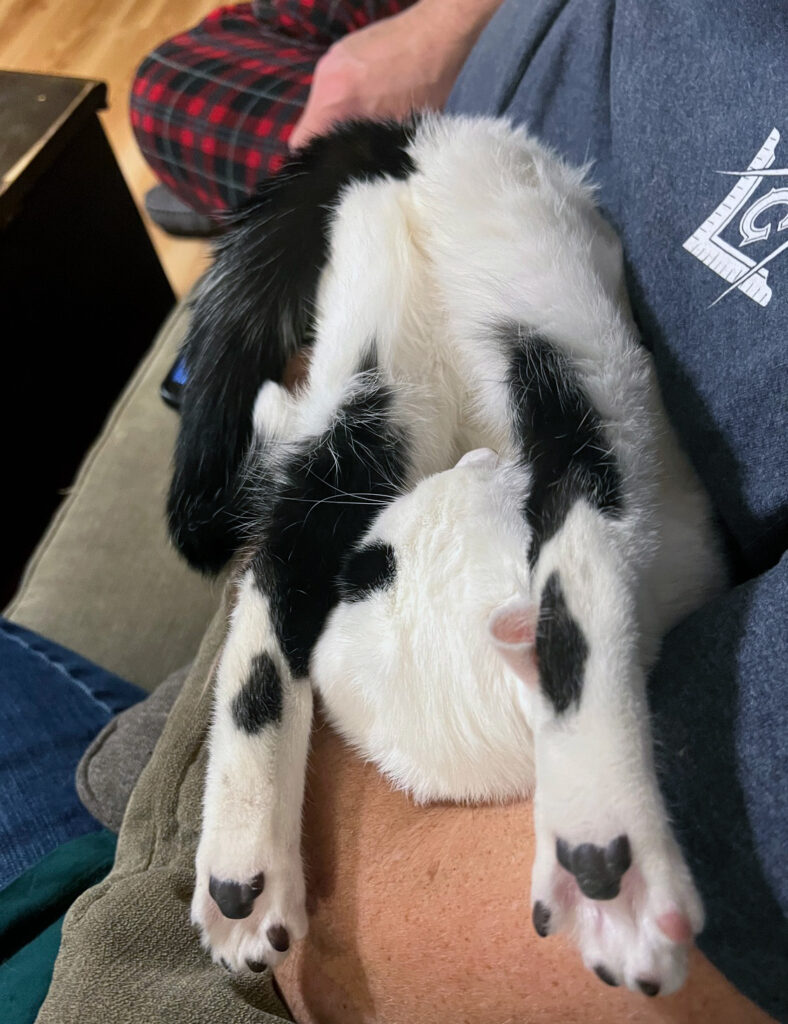
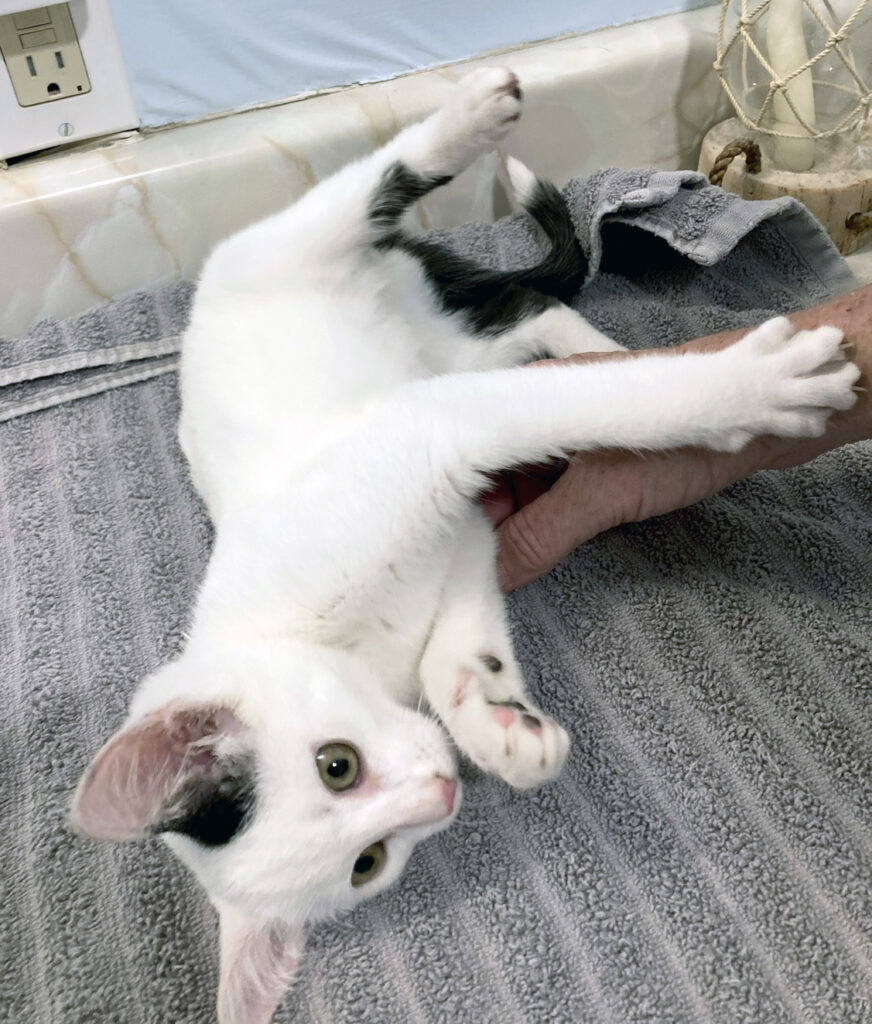
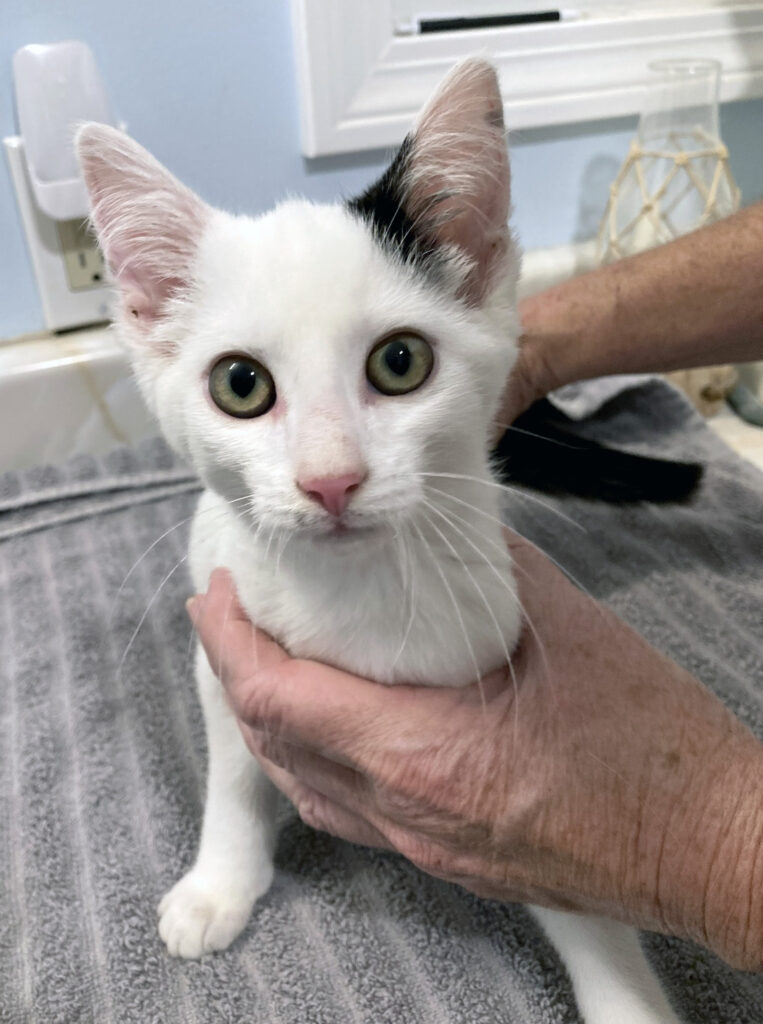
Cats with Cerebellar Hypoplasia exhibit a range of symptoms, depending on the severity of the condition. The most noticeable sign is an unsteady gait characterized by a “drunken” or wobbly movement. These cats may have difficulty jumping, climbing, or accurately landing their jumps. They may also display tremors, head bobbing, and have trouble with tasks requiring fine motor skills, like grooming themselves. However, it’s important to note that despite these challenges, cats with CH are typically not in pain and can lead happy lives with appropriate care.
Living with a Cat with Cerebellar Hypoplasia:
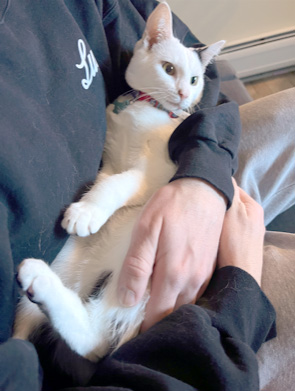
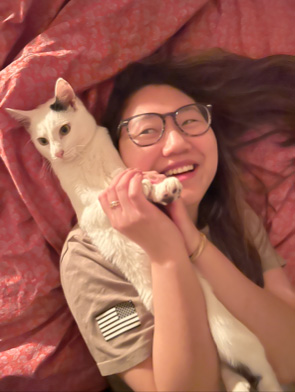
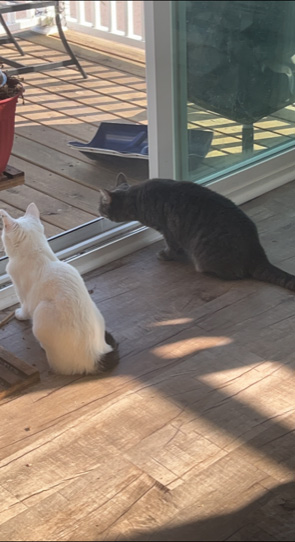
Cats with Cerebellar Hypoplasia require a safe and secure environment that minimizes potential hazards. It’s important to remove any sharp objects or obstacles that could cause injury. Providing low-sided litter boxes, easily accessible food and water bowls, and soft bedding can enhance their comfort and mobility. Regular veterinary check-ups are essential to monitor their overall health and ensure their specific needs are met. With patience, love, and understanding, these cats can form deep bonds with their human caregivers and bring immense joy to their lives.
Conclusion:
Cerebellar Hypoplasia may present some challenges for affected cats, but it doesn’t define who they are or diminish their capacity for love and companionship. Understanding this unique condition allows us to provide the best possible care and support to cats with CH. By creating safe and nurturing environments, we can ensure that these extraordinary feline friends live fulfilling and happy lives, enriching our own lives in the process.
